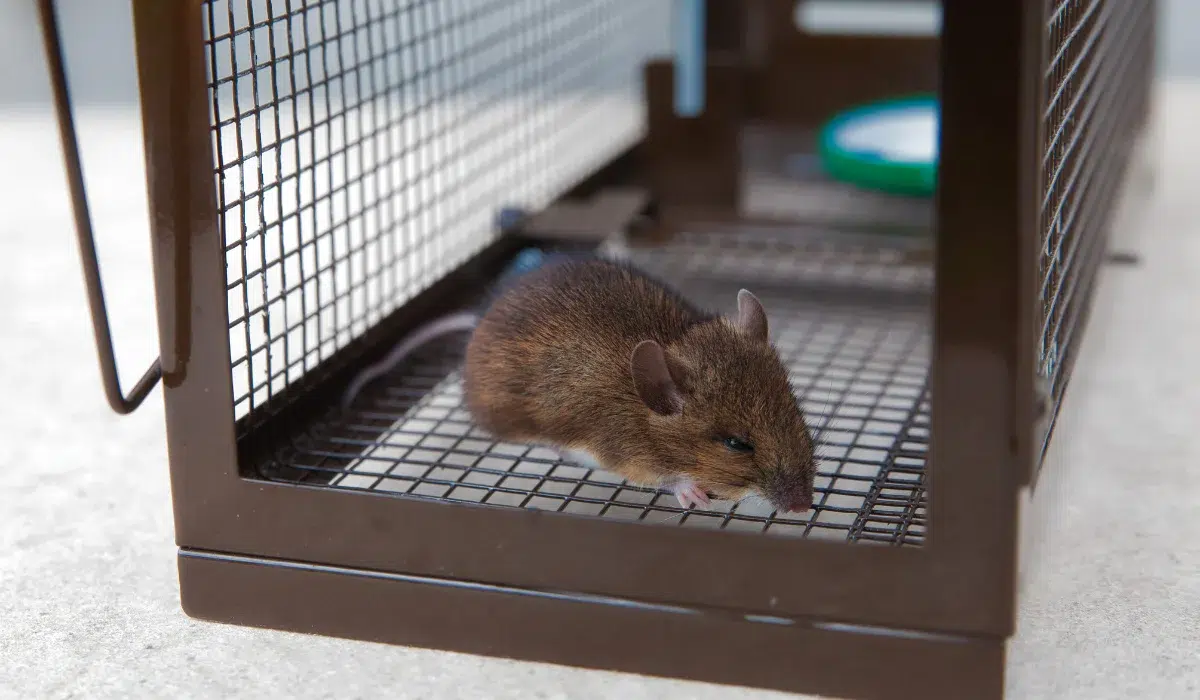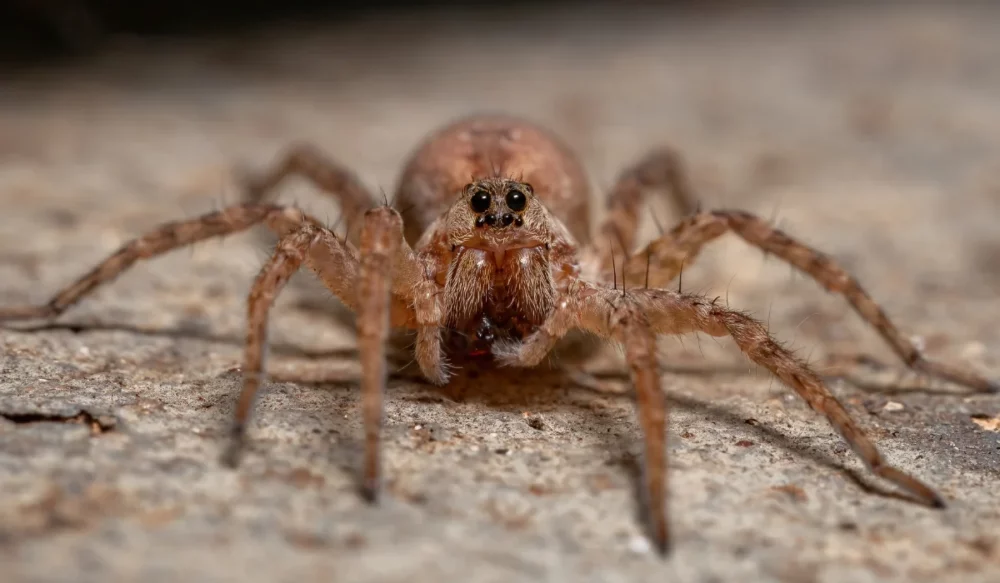Hearing strange scurrying sounds in the middle of the night? Noticing small droppings in corners or behind appliances? If you suspect you have rats inside your walls, don’t ignore it– these pests can chew through wires, contaminate food, and spread disease.The longer you wait, the bigger the problem can become.
Getting rid of rats hiding in your walls might seem overwhelming, but it’s possible with the right approach. This article will walk you through effective strategies to eliminate rats and prevent them from returning. Whether you prefer DIY methods or professional assistance, taking action now will save you from costly damage and health risks down the line.
Key Takeaways
- Scratching noises, droppings, gnaw marks, and foul odours are clear indicators of rats in your walls.
- Close off any holes or cracks with steel wool and caulk to prevent rats from getting in.
- Choose between snap traps, live traps, or humane repellants to remove rats.
- Store food properly, clean up crumbs, and eliminate water sources to discourage rodents.
- If the infestation persists, expert pest control services can provide a permanent solution.
How to Tell If You Have Rats in Your Walls
Rats are nocturnal, meaning they’re most active at night. You might not see them, but you can still detect their presence through these signs:
- Scratching and scurrying noises coming from inside the walls, especially at night
- Droppings found near baseboards, in pantries, or behind furniture
- Gnaw marks on drywall, baseboards, or even electrical wires
- A strong musky odor lingering in certain areas
- Nesting materials like shredded paper, fabric, or insulation tucked into corners
If you notice multiple signs, you likely have a rat problem, and it’s time to take action.
Step 1: Find Out How Rats Are Getting In
Rats don’t just appear out of nowhere— they squeeze through small gaps and cracks in search of food and shelter. Even a hole the size of a quarter is enough for them to enter your home. Common entry points include:
- Gaps around pipes and vents
- Openings in crawl spaces or attics
- Cracks or holes in drywall and baseboards
- Garage doors that don’t seal properly
To keep rats out, you need to seal their entry points. Use steel wool to plug small holes,rats can’t chew through it. Then, reinforce the area with caulk or another durable material to ensure they don’t return.
Step 2: Set Traps to Catch the Rats
Once you’ve blocked their entry points, it’s time to deal with the rats already inside. The right choice depends on your preference for handling the situation.
| Type of Trap | Details |
|---|---|
Snap Traps |
One of the most effective and humane ways to eliminate rats instantly. Bait them with something enticing, like peanut butter, and place them along walls where you’ve noticed activity. |
Live traps |
These allow you to catch rats without killing them. However, unless you release them miles away, they may find their way back. |
Glue traps |
Not recommended, as they cause rats to suffer for an extended period. |
Since rats tend to run along walls, placing traps directly against the wall increases your chances of catching them.
Step 3: Use Natural Repellents to Deter Rats
If you prefer a DIY approach, some natural repellants can help.
- Peppermint oil– Rats dislike strong scents. Soak cotton balls in peppermint oil and place them near entry points and in affected areas.
- Ammonia– Mimics the scent of predator urine, discouraging rats from staying.
- Ultrasonic repellent devices– Emit high-frequency sound that irritate rats, making your home less inviting.
While these methods can be helpful, they work best when combined with other pest control strategies.
Step 4: Remove Food and Water Sources
Rats won’t stick around if they can’t find food or water. Taking away their resources is one of the best ways to force them out.
- Store all pet food and human food in airtight containers–rats can chew through plastic bags and cardboard.
- Take out the trash regularly and use bins with tight-fitting lids.
- Clean up any food crumbs and spills, especially in the kitchen and pantry.
- Fix leaky pipes or water sources to cut off their hydration
- Declutter storage areas to remove nesting materials like fabric, paper, and cardboard.
A clean, organized home is far less attractive to rodents.
Step 5: Call a Professional Pest Control Service If Needed
If DIY methods aren’t working, or if you suspect a large infestation, it’s time to bring in the experts.. Rats are intelligent, and once they establish a nest inside your walls, getting rid of them can be challenging without professional help.
A professional exterminator will:
- Conduct a thorough inspection to locate all entry points and hiding places
- Use strategic bait stations and rodent control techniques
- Provide long-term pest management solutions to keep rats out for good
While DIY methods work for small infestations, a severe rat problem often requires professional intervention to ensure your home is completely rat-free.
Get Professional Help Today
Rats in your walls are more than just a nuisance—they can damage your home and pose health risks. The sooner you act, the easier it will be to eliminate the problem.
At Green Home Pest Control, we specialize in safe, effective rat removal. Our team will inspect your home, seal entry points, and implement long-term solutions to keep rodents out for good.
If you’re dealing with a rat infestation, don’t wait– contact us today!



